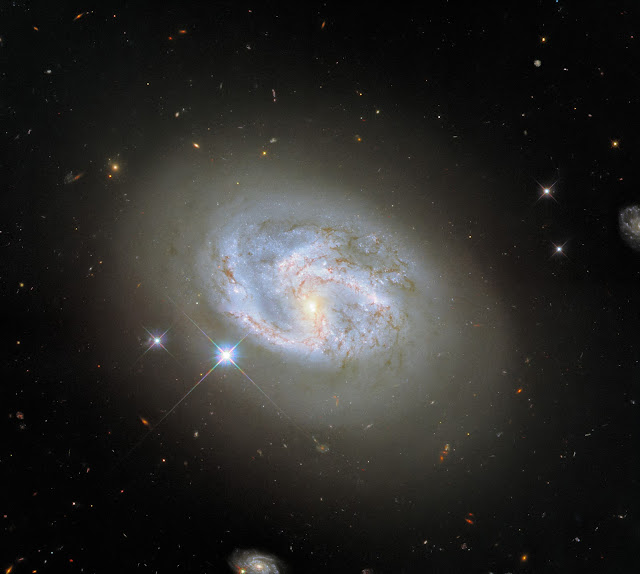Zooming into The Bat Shadow and its “Flapping” | Hubble
This video takes the viewer from the region around the Serpens Nebula to the young star HBC 672. This star is known by its nickname of Bat Shadow because of its wing-like shadow feature. The NASA/European Space Agency Hubble Space Telescope has now observed a curious “flapping” motion in the shadow of the star’s disc for the first time. The star resides in a stellar nursery called the Serpens Nebula, about 1,300 light-years away.
This video also includes an animation that may explain the blat shadow’s flapping movement. The star is believed to be surrounded by a warped, saddle-shaped disc with two peaks and two dips. A planet embedded in the disc, inclined to the disc’s plane, may be causing this warping. As the disc rotates around the young star, it blocks the light from that star and casts a varying, “flapping” shadow on a distant cloud.
Credit: European Space Agency (ESA)/Hubble, Digitized Sky Survey, L. Calçada, Nick Risinger
Release Date: June 25, 2020
#NASA #ESA #Astronomy #Space #Science #Star #HBC672 #ProtoplanetaryDisc #BatShadow #SerpensCauda #Constellation #MilkyWay #Galaxy #Cosmos #Universe #SpaceTelescope #GSFC #STScI #UnitedStates #Europe #STEM #Education #Animation #HD #Video














